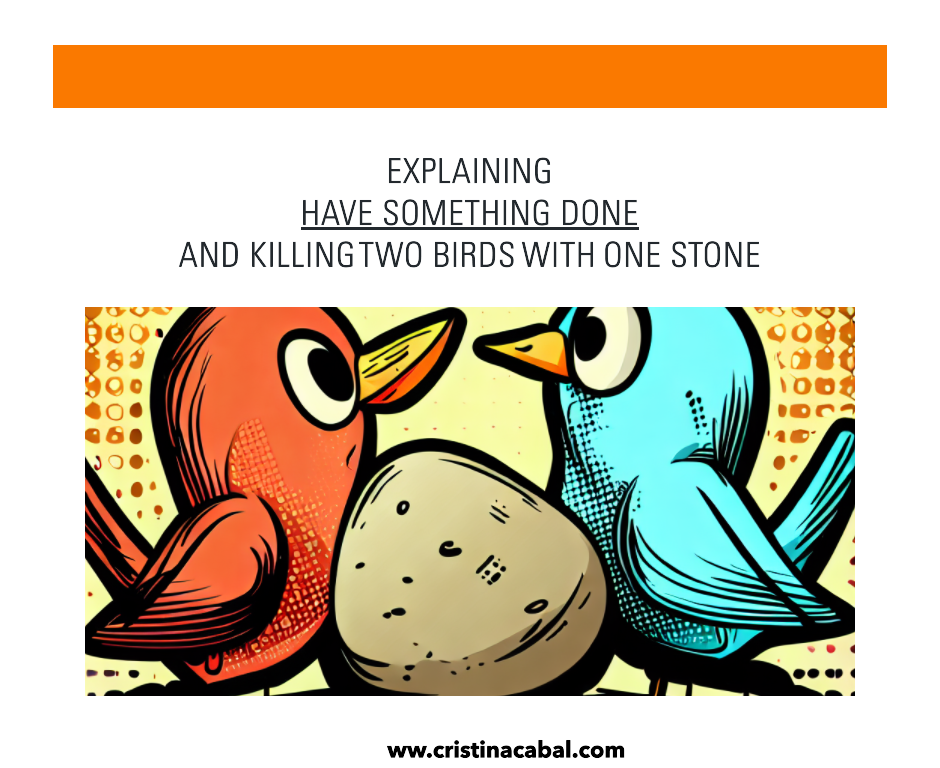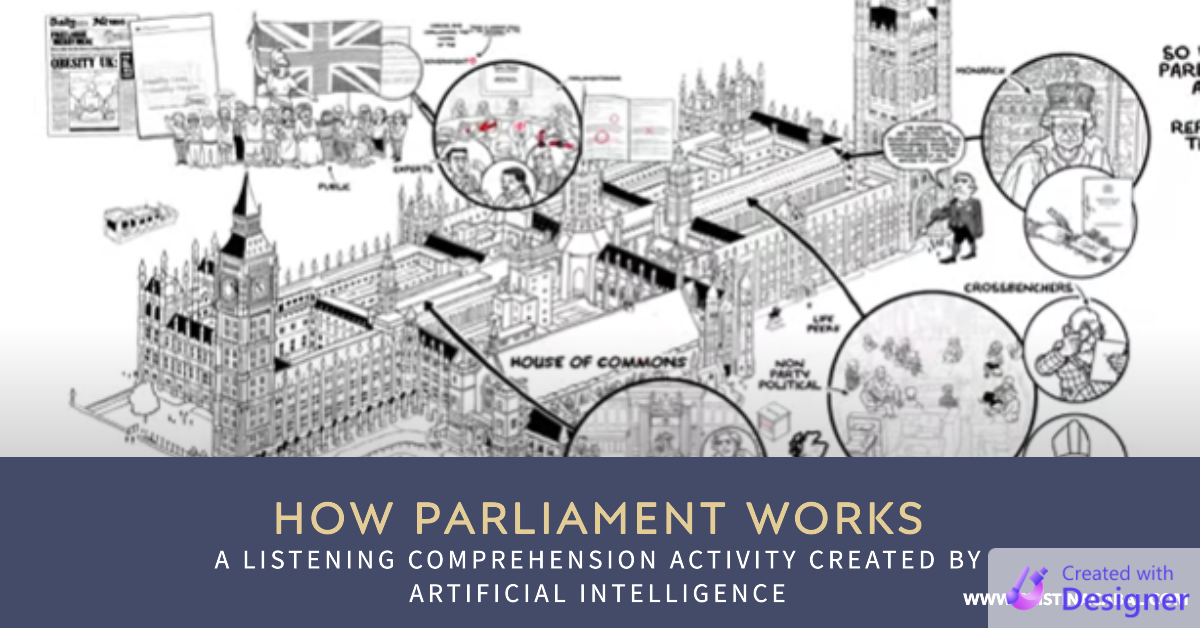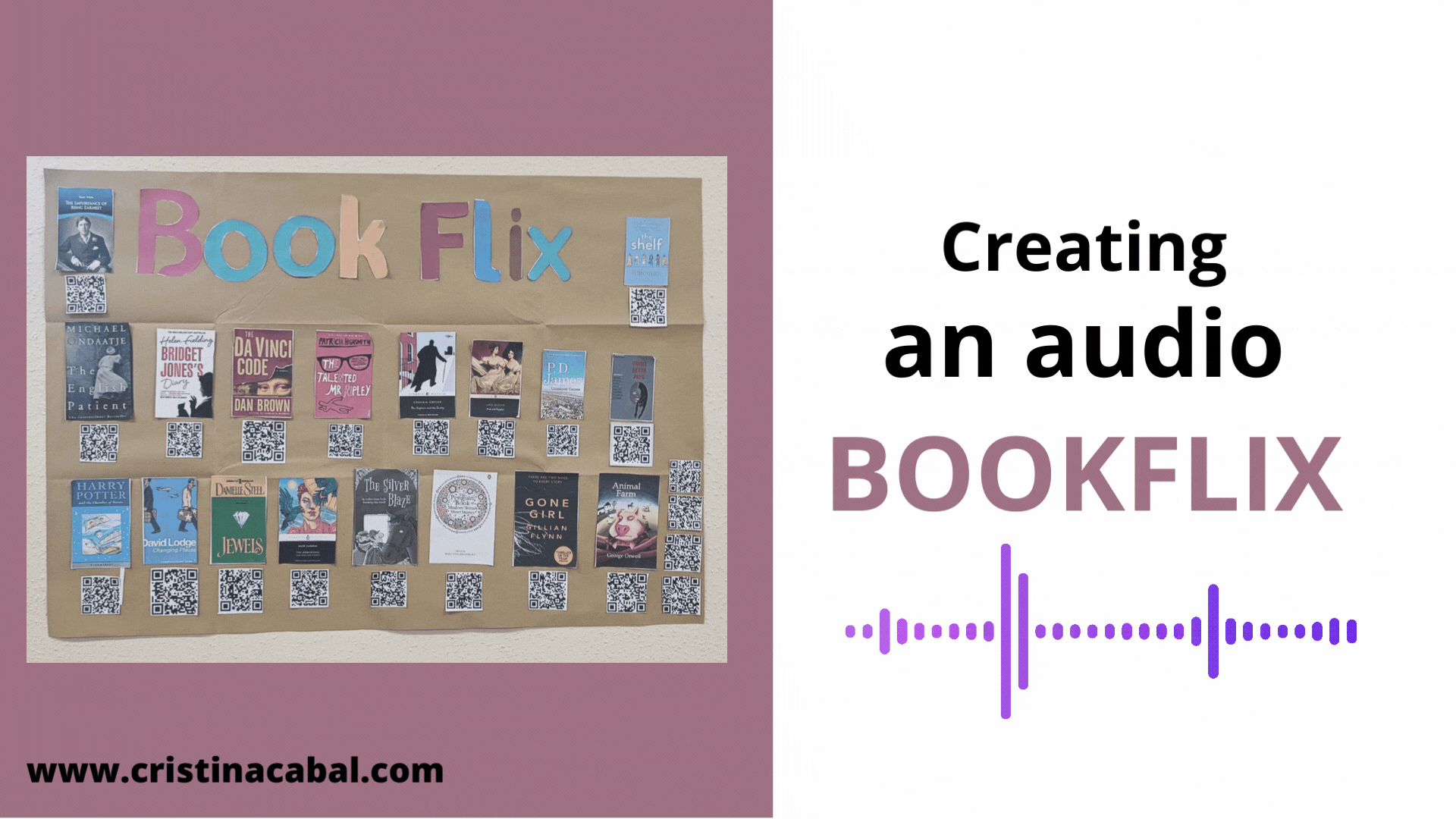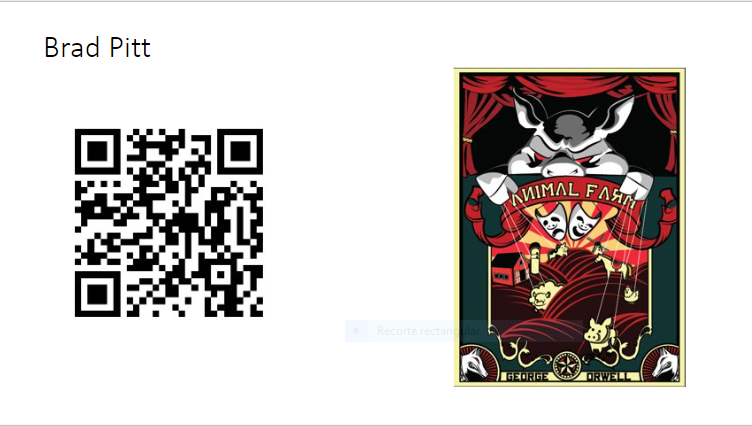Super fun activity loaded with learning, a nice tad of competitiveness, and team work for the last post of this school year? Yes, please!
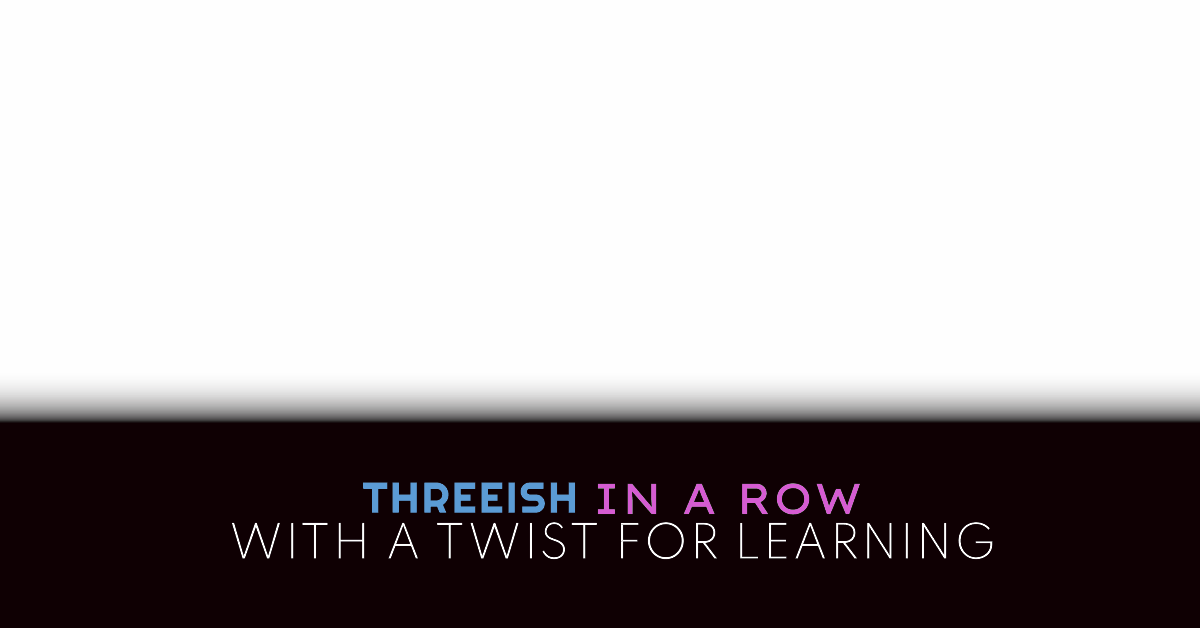
Preparation
What do we need for this activity?
- Different coloured whiteboard markers or post-it notes. How many colours? As many as teams in the class.
- Task cards with content to revise. In my case, a combination of sentences to translate and rewriting exercises. Ideally, the cards will be digital so that you can easily show the exercise to the whole class. (I have used one of the digital flip cards templates on Genial.ly and made it reusable. See it in the last section of this post)
In Class
- On the board, draw a 5×6 grid
- Divide the class into teams of 3/4 students and assign each team a different coloured white board marker or, in my case, a different coloured post-it note. It will be used to claim their square on the grid.
The rules
- In this game, all teams participate simultaneously in completing the task. However, establishing an order for the teams becomes important, especially when they need to claim a square to achieve a three-in-a-row formation. In each exercise, the order of teams claiming a square rotates. Team 1 goes first for one task, followed by Team 2 for the next task, and then Team 3 for the subsequent task. This ensures fairness and equal opportunities for all teams to claim a square.
- Explain how three-in- a row is going to work in this game:
The goal of each team is to form a straight line of three of their assigned colours, either horizontally, vertically, or diagonally, i.e., a winning line can be formed horizontally, vertically, or diagonally by having three of the same colours in a row. As long as the assigned task is successfully completed, any team has the opportunity to claim a square on the grid.

Let’s start playing
- Each team names a secretary who will be responsible for writing the answer to the exercise on the digital task card.
- The teacher displays a task card and all the teams complete the exercise in written form. The secretary will write the answer on a piece of paper. The time allotted for each task card will vary depending on the difficulty of the exercise.
- The teacher asks each team to provide their answer and verifies if it is correct or incorrect. This can be done in different ways, but the simplest one is for the teacher to quickly approach each team and check their answer.
- The teams that have a correct answer stand up and claim a square on the grid that is displayed on the board. They can choose any square they want, as long as it has not already been taken by another team.
- Repeat steps two to four until all the task cards have been used. The game does not end when a team gets three in a row. Instead, the game continues until there are no more task cards left.
- Teams can block other teams from getting three in a row by marking a square that interrupts their line. The winner is the team that has the most three in a row at the end of the game.
Ready to play?
I hope you have liked the game!!!
